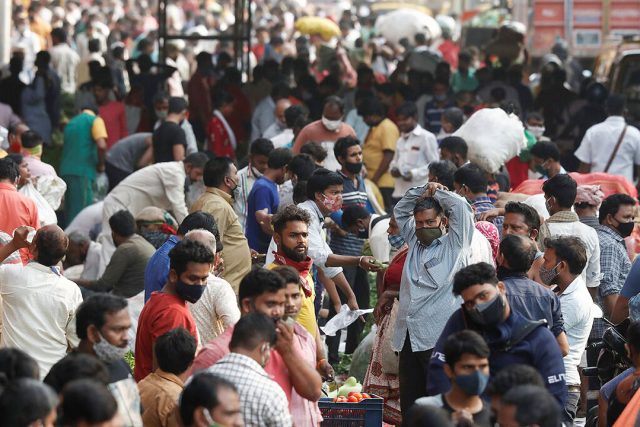
INDIA has given out 1 billion doses of COVID-19 (coronavirus disease 2019) vaccines, a key milestone in an inoculation campaign that still faces significant challenges.
The nation hit the landmark number of doses as of Thursday, according to data from India’s CoWin app. But while 51% of the entire population has received at least one shot, only 21% are fully vaccinated with both the doses underscoring a wide disparity, according to Bloomberg’s vaccine tracker.
The gap means there are large swathes of India’s population that could be still vulnerable to COVID infections, potentially triggering outbreaks in a country that earlier this year experienced one of the world’s most devastating virus waves. Restrictions on movement across India have been lifted the past few months as the number of new daily infections has abated, dipping below 15,000 from record highs of over 400,000 in early May.
The Indian government is aiming to vaccinate all adults by the end of the year.
Health experts attribute the skewed vaccination statistics to a number of factors, including the relatively long three-month gap India mandates between doses of AstraZeneca Plc’s vaccine — the main shot being deployed. The government is also yet to launch a childhood immunization drive that would cover about 40% of the population.
Hesitancy to get a second shot is a potential issue in India’s vast countryside especially as new infections dip, chipping away at the sense of urgency. In many rural areas, handouts in government-sponsored welfare programs were tied to having just one shot, while no such benefits are attached to getting the second dose on time. Moreover, some rural residents need to travel long distances to gain access to vaccinations.
Despite this, corporate leaders in India have praised the turnaround of an immunization drive that was slow to get going, first due to hesitancy among those initially eligible for vaccination and later due to supply shortages.
“Our vaccination program has indeed picked up pace,” Sanjiv Mehta, the head of Hindustan Unilever Ltd. — India’s largest consumer goods company — said on Tuesday. “We are hopeful that as a nation we can avoid further disruption from the spread of the virus.”
While experts had predicted India would see a third wave of infections in September and October, official daily case tallies have fallen to lows last seen during a lull at the beginning of 2021.
India’s states have cautiously eased movement restrictions and curfews, with malls, cinemas, gyms and swimming pools newly reopened in recent weeks.
“We expect economic activity to recover further, driven by festive season, pick up in vaccination and the likely increase in government spending,” Srinivasan Vaidyanathan, chief financial officer of India’s most valuable lender, HDFC Bank Ltd., said over the weekend.
Still, scientists and government officials continue to urge caution, with India in a months-long festival season that started in September. Complacency around virus containment measures during this period last year is seen as contributing to the deadly wave in 2021.
India’s inoculation drive needs to stay on course to prevent further virus waves, according to Bhramar Mukherjee, a professor at the University of Michigan’s School of Public Health. There’s a “lot of heterogeneity in vaccination across states, so we need to keep those jabs going,” she said. — Bloomberg
India races to vaccinate all adults after 1B doses
Source: Bantay Radio
0 Comments